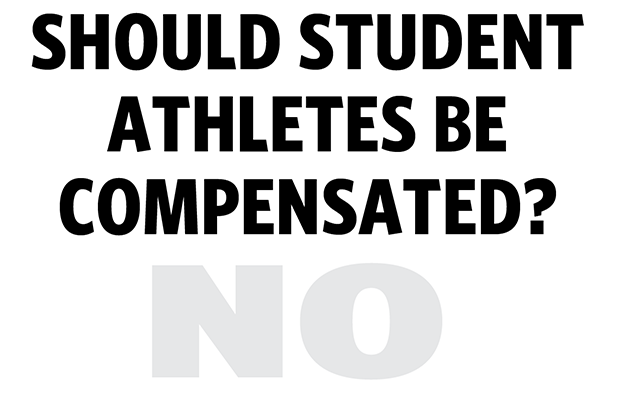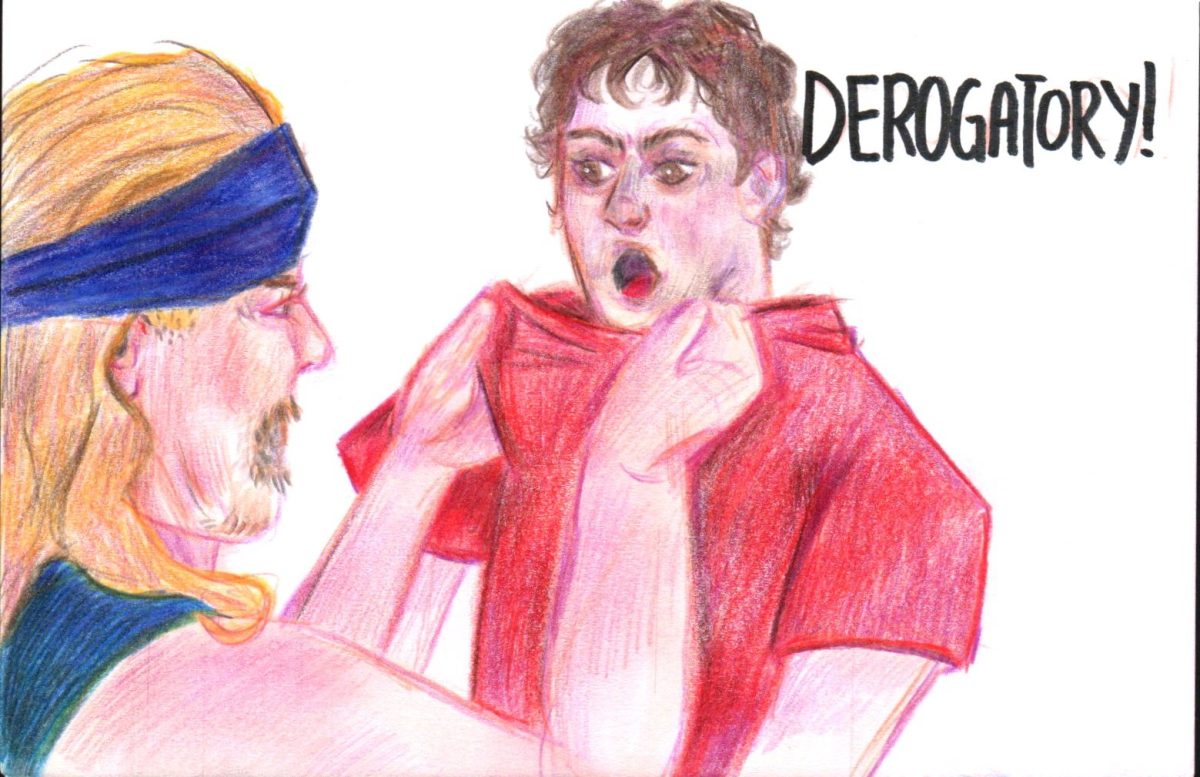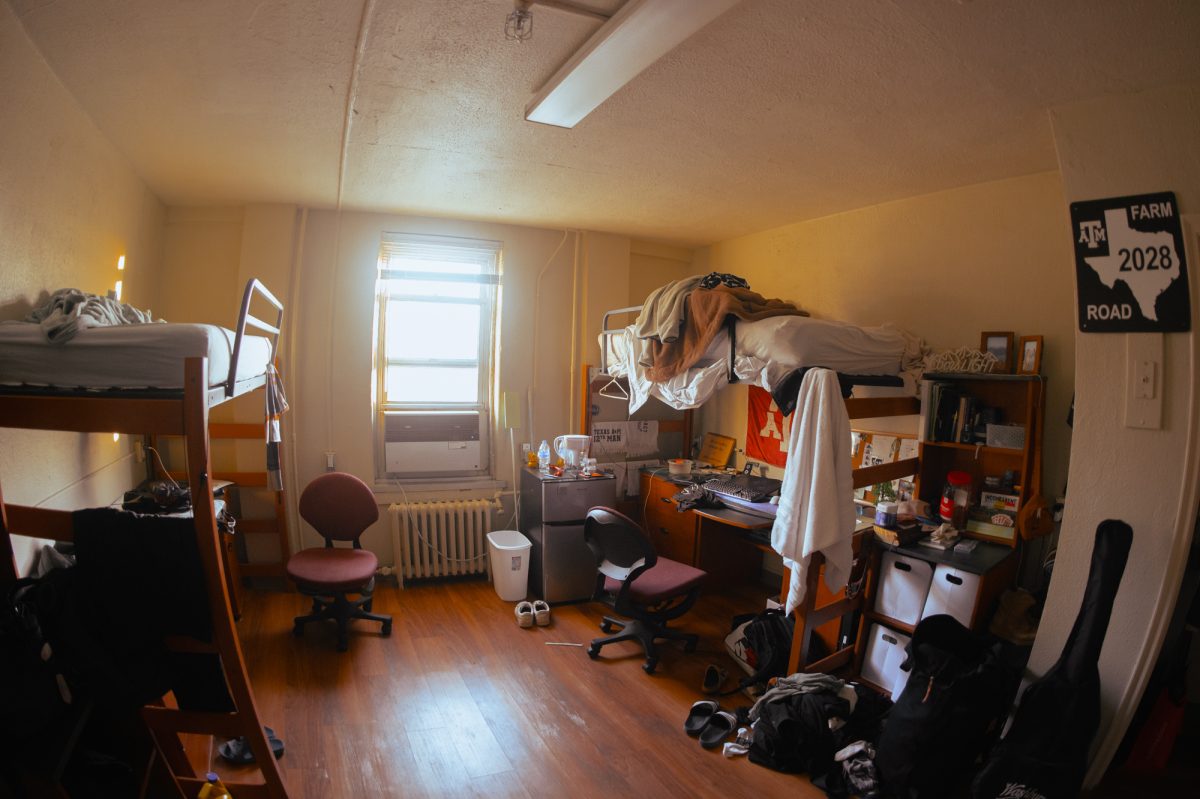Arguably the most hotly debated issue in college sports right now is whether or not college student-athletes should be paid.
The popular argument is that college athletes generate an obscene amount of money for their respective schools, and they should be compensated for the hours of grueling practice, training and competition required of them.
This statement operates on a few faulty assumptions.
First is the assumption that athletes are not compensated for their efforts. This is a little ridiculous.
With the cost of tuition increasing every year, the amount that athletes are already being “paid” does too. The cost of a college education over four years ranges from about $95,000 at a public school like A&M to a whopping quarter-of-a-million dollars at private schools like Notre Dame or Duke, according to collegeboard.org.
Another thing that cannot go without mention is the fact that these athletes have the opportunity to practice and perform in multimillion-dollar state-of-the-art facilities, wear high-dollar equipment that is provided to them by the university and are given basically every advantage in the classroom as well, such as private tutors.
Something that we also have to remember is that these players are student athletes. It is easy to forget that the “student” part is attached as well but, at the end of the day, it is actually more important than their role as athletes.
“I’d say that education is more valuable than however much money we might give you,” University of Notre Dame president Rev. John I. Jenkins told Dan Barry of The New York Times last month. “So focus on that. We’re going to do everything we can to help you be successful in getting that education.”
Furthermore, the value of a college education is now estimated at over $1 million over the course of one’s life, according to a recent study conducted by Georgetown University. This value should be taken into account when considering whether student athletes should be further compensated, especially for student athletes who attend school on scholarship.
The most overlooked fact that an argument for paying student athletes assumes is that not every school in the country makes a hefty profit on football. Even at premier universities, most sports on the ledger do not break even.
According to a 2013 study by USA TODAY, only 23 of 228 athletic departments at NCAA Division I public schools generated enough money on their own to cover their expenses in 2012. In other words, 90 percent of athletic departments lose money.
This begs the obvious question: where would the money come from to pay these players?
The most likely answer to this question is even more tuition increases, which would simply add to everyone else’s long-term student debt.
Even if we pretend for a moment that money is available, how would the NCAA decide the pay structure?
Do athletes in all sports get the same stipend? Does the star quarterback at USC earn the same as a backup linebacker at UTSA? If it were standardized in any way across sports or universities, it would have to be a paltry amount because, remember, 90 percent of athletic departments already operate in the red.
It may be easy to see the apparent wealth that is generated on the backs of student athletes and argue they should be compensated, but when one actually considers all the factors that go into such a complex issue, it is obvious that there are many obstacles to overcome.
Not every school around the nation is Ohio State or Alabama — most schools simply could not afford the added cost.
In the end, to me, it’s very clear. Student athletes do not need compensation because they already receive it.
Heath Clary is a business administration freshman and sports reporter for The Battalion.










